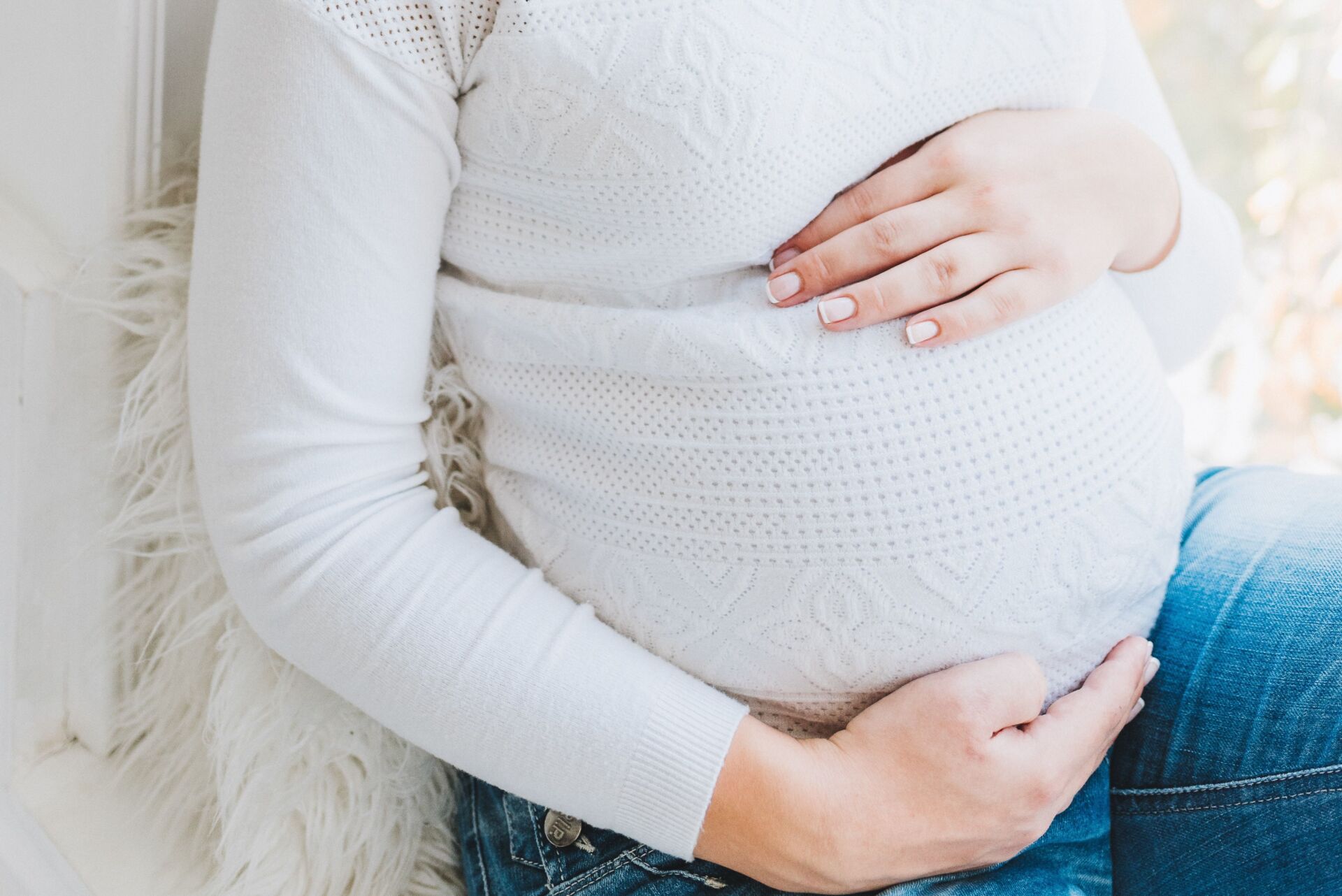The cause lies in a disorder of the placenta, which is still not fully understood in detail and which already begins at the end of the first trimester of pregnancy. The symptoms usually only appear after 20-24 weeks of pregnancy, often towards the end of the pregnancy. Subjectively, the clinical picture can manifest itself in headaches, visual disturbances, general malaise or vomiting, extremely rapid water retention and upper abdominal pain.
HELLP syndrome is a medical emergency that can be life-threatening for the mother and the unborn child and requires immediate treatment. It is often a serious complication of existing pre-eclampsia, but can also occur without warning and very suddenly. Diagnosis is not always easy because not all the typical signs of pre-eclampsia have to be present. Sometimes the symptoms are also confused with other illnesses, such as gastritis or flu. Typical signs of HELLP syndrome are pain in the right upper abdomen, as well as nausea and vomiting. However, if you experience sudden severe or unusual headaches or even visual disturbances, contact your doctor or midwife immediately or go straight to hospital. HELLP syndrome can only be diagnosed with a blood sample. In most cases, rapid delivery is necessary after diagnosis. Rarely, this can also occur after birth.
The name HELLP is an acronym that stands for the following medical terms:
- Hemolysis(hemolysis): Destruction of the red blood cells.
- Elevated liverenzymes (increased liver enzymes): Signs of liver dysfunction.
- Low plateletcount (low blood platelet count): Reduced number of platelets, which are important for blood clotting.
